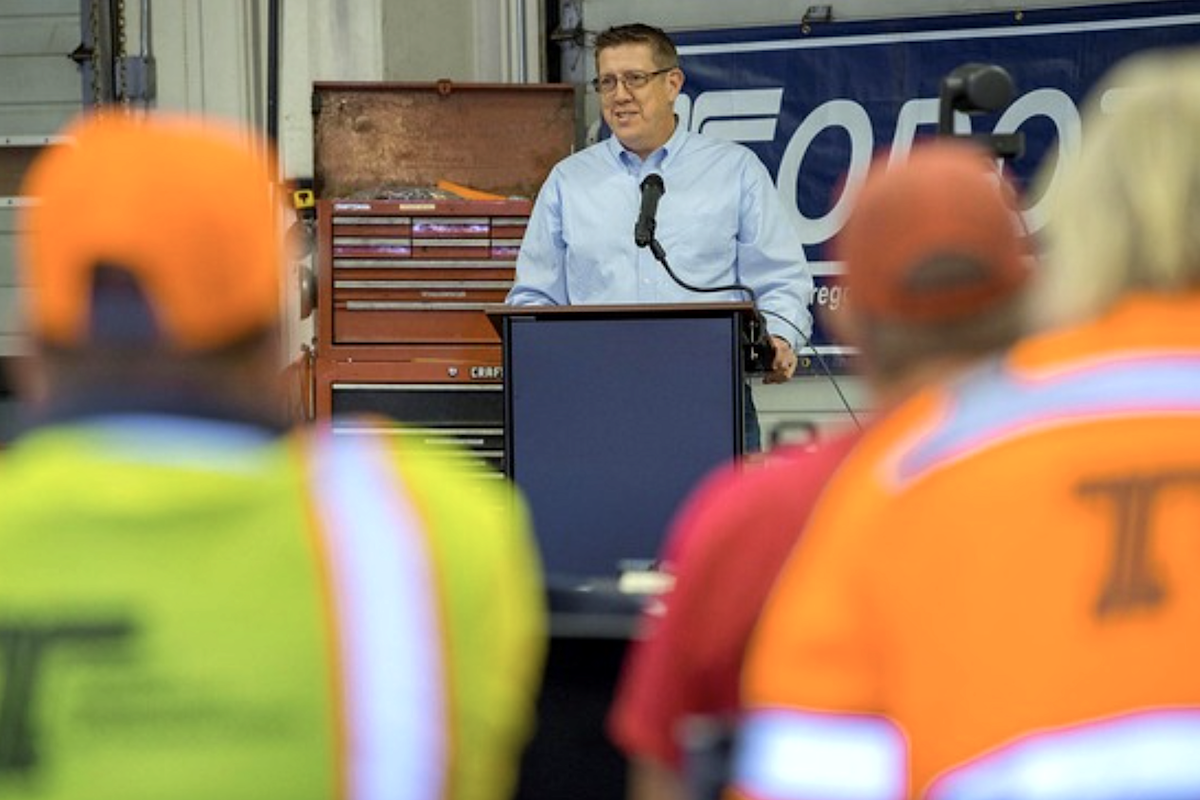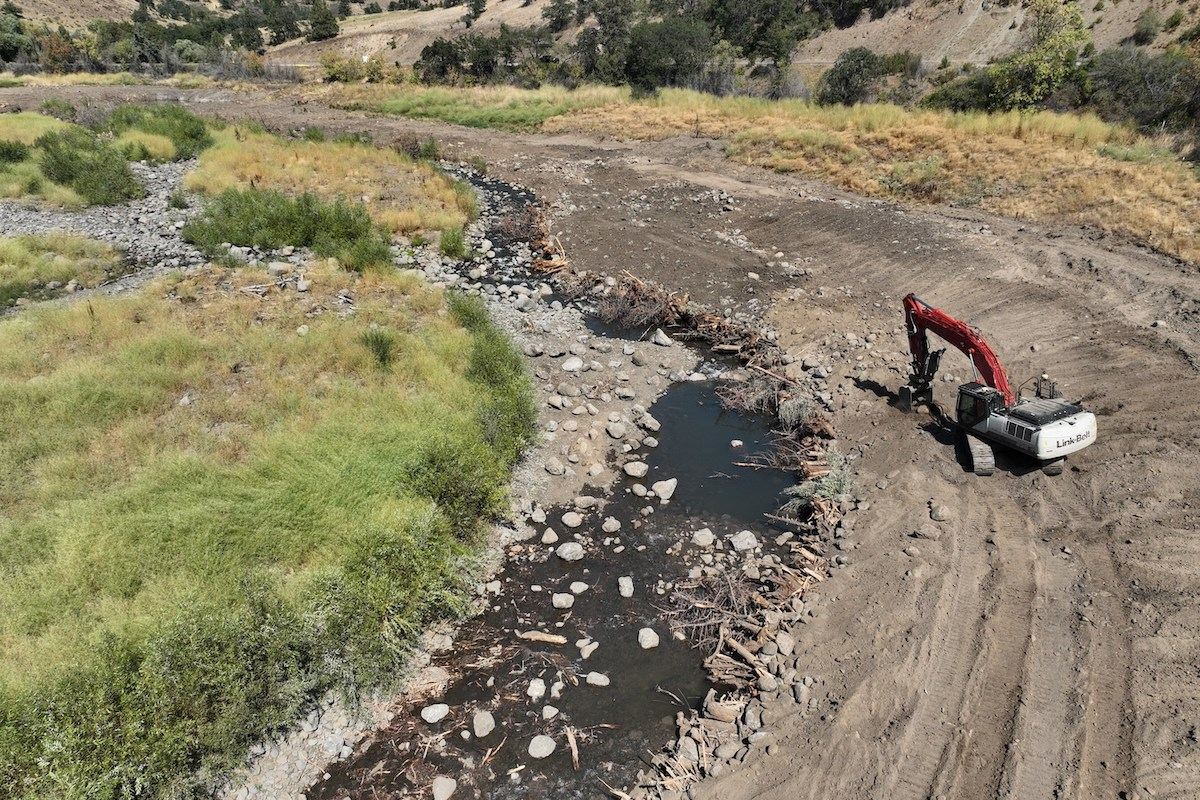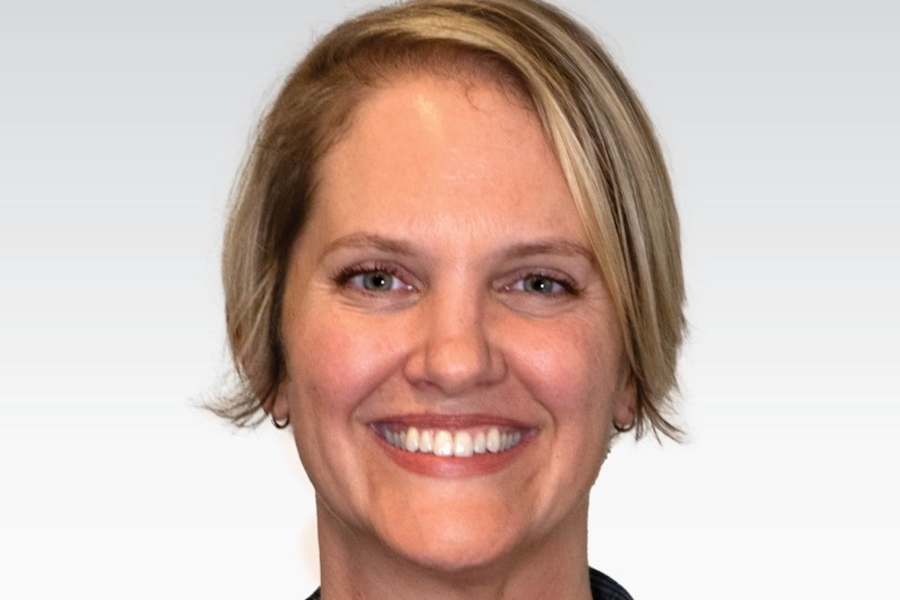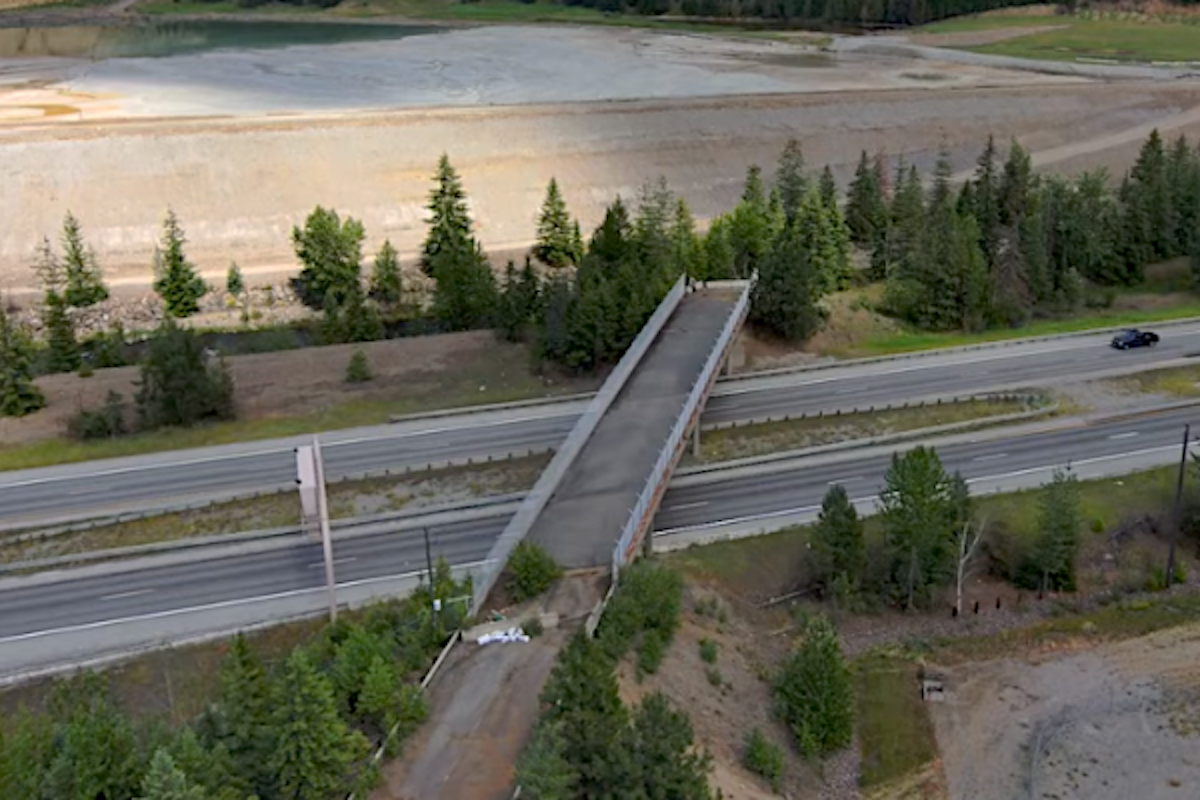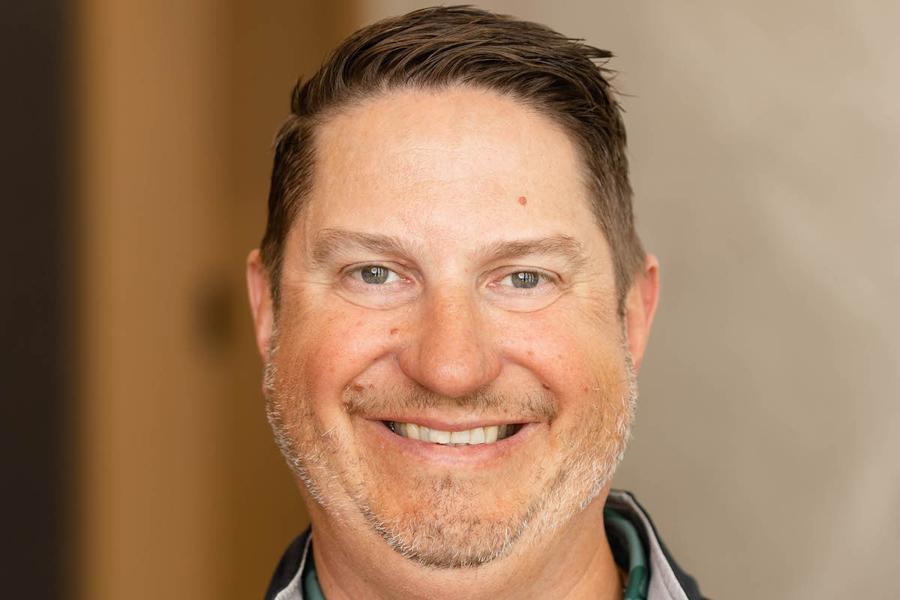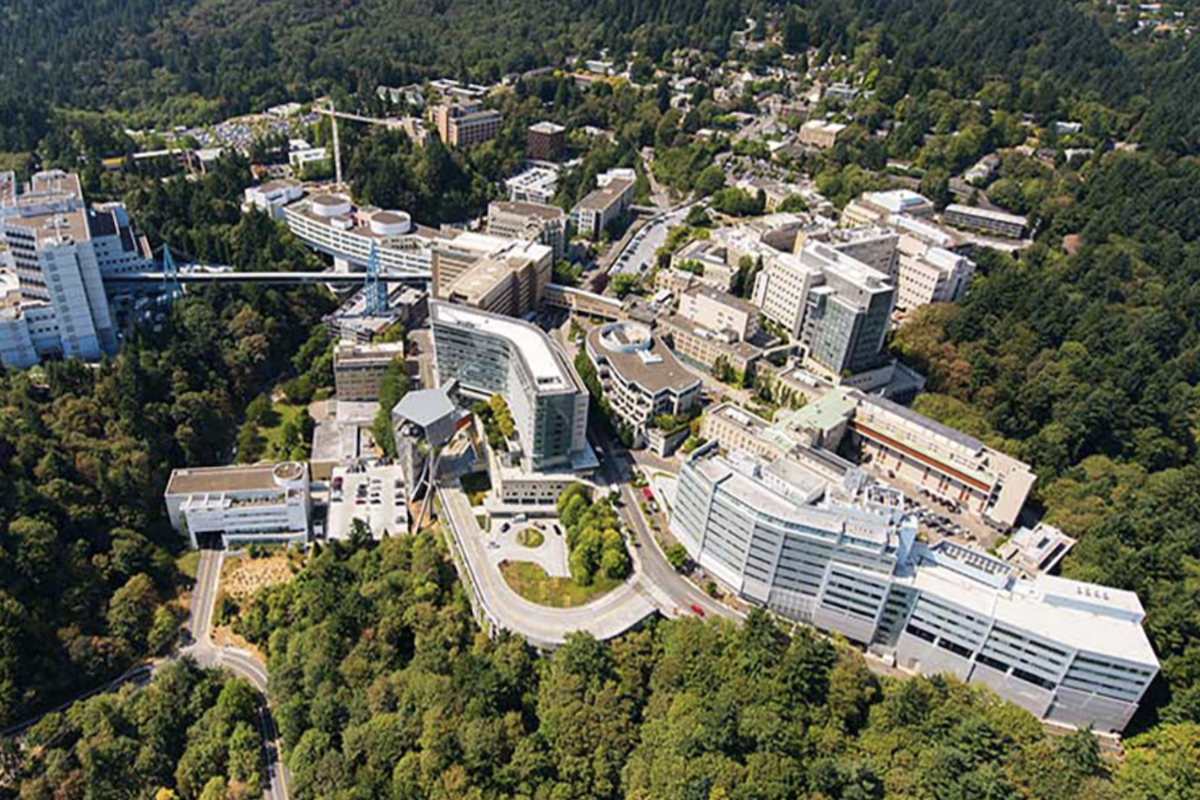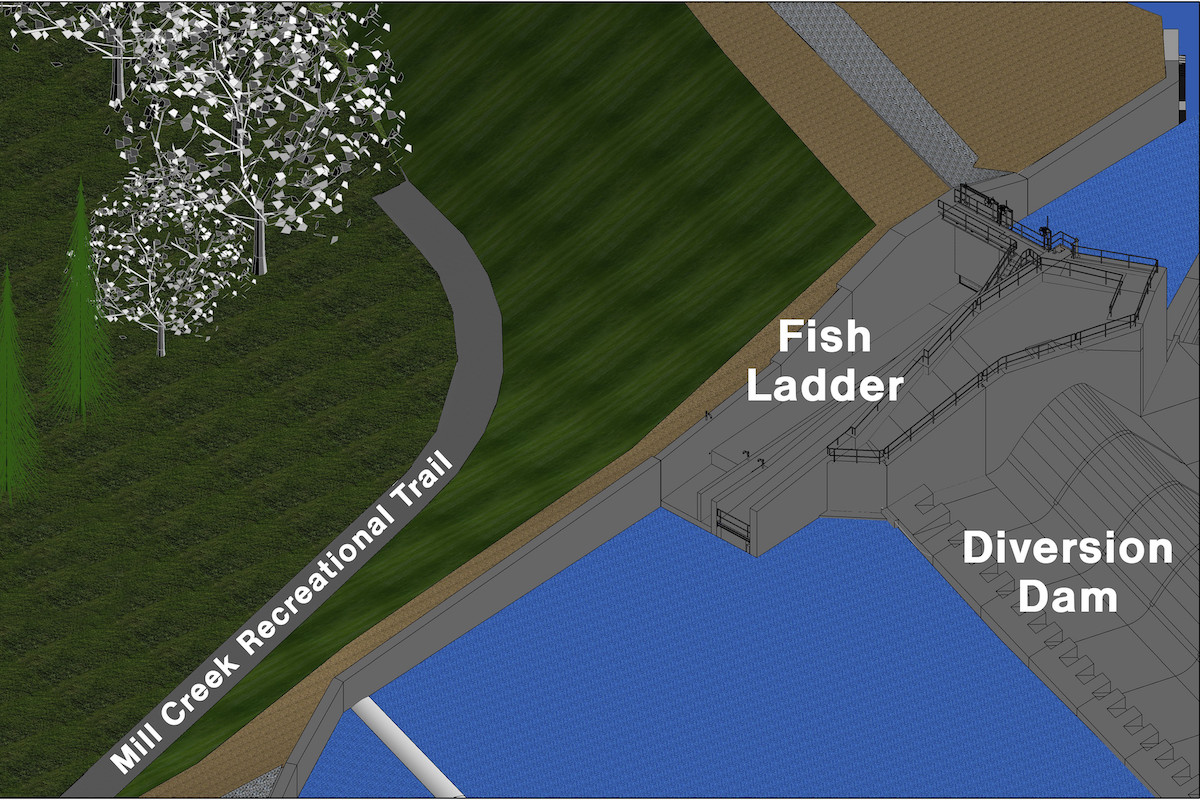Take the historic Waco Suspension Bridge, in Waco, Texas, for example. Originally designed and built by John A. Roebling and Sons – which later built the Brooklyn Bridge – the Waco Suspension Bridge was staggeringly ambitious. When it officially opened in 1870, it was the first bridge over the Brazos River and Texas’ earliest example of permanent bridge construction. It was also one of the longest single-span suspension bridges in the world. In 1914, the Waco Suspension Bridge underwent extensive modifications; it even received new cables to allow for increased traffic. But after more than a century of use, the cables became worn out. It was time to retire the cables from 1914 and upgrade the structure, preserving it for future generations.
Modjeski and Masters, which is working as a specialty engineer under Structural Technologies, is providing the final design for the cable and hanger system, as well as the associated erection engineering. According to a Modjeski and Masters, the team is working with the specialty contractor and their selected fabricator to develop the safest – and most cost-effective – details. This includes methods for removing the existing cables and hangers and ways to install and tension the new cables and hangers.
“This is essentially the bridge’s third life,” said Tim Stuffle, a Senior Engineer at Modjeski and Masters. “Its first life started in 1869 and went to 1914. That’s when they replaced the original cable system, stiffening truss, and deck.” He explained that the original stiffening truss was replaced with one made of steel, that the original cables were replaced, and that the towers and anchorages were modified.
“The towers have a brick core from the original construction in the 1860s,” said Stuffle. “When the bridge was reworked in 1914, they removed and reconstructed the tops of the towers and added a concrete encasement full height.” According to Stuffle, the Waco Suspension Bridge is still in satisfactory condition. It’s just that certain parts – the cables, for example – are showing their age. “Some components are coming toward the end of their lifespan,” he said.

| Your local Trimble Construction Division dealer |
|---|
| SITECH Northwest |
Justin Campbell, a Senior Project Manager at Structural Technologies, agrees. “We’re updating the structure so it can last into the future. We’re replacing the cables before they become a problem.” In other words, it’s about being proactive.
“The main cables – one on each side of the roadway for a typical suspension bridge – are anchored to the ground at each end of the bridge. The cables are supported atop two or more towers. Between the towers, the cables ‘sag’ downward toward the roadway. This portion of the bridge, the part between the towers, is called the ‘main span’ or ‘suspended span.’ The portion of the cable between the tower and the anchorage is often referred to as the ‘backstay’ or ‘backspan.’”
Suspenders are the vertical cables, or rods, between the main cables and the roadway. They support the load from the bridge deck and apply it to the main cable. The Waco Suspension Bridge is a single-span suspension bridge with unloaded backstays. (Other types of suspension bridges include the three-span suspension bridge, such as the Golden Gate Bridge in San Francisco, and the self-anchored suspension bridge, such as the Three Sisters Bridges in Pittsburgh.)
“For the Waco Bridge, the backstay cables do not have suspenders connecting to a structure below. They carry the tension load from the main span, but do not have additional loads applied along their length,” Stuffle said. When it comes to the rehabilitation project in Waco, all the components must be removed – the main span cables, the suspender rods and even the backstays.
Before the cables could be removed, however, the project team had to figure out a couple things. For Structural Technologies and Modjeski and Masters, the biggest challenges were grasping a full understanding of the geometry of the bridge and determining how to unload the cable system safely and efficiently.

| Your local Superior dealer |
|---|
| Westate Machinery Co |
After the team received the original 1914 plans, a survey was conducted to ensure the information was accurate. Not surprisingly, everything was considered. This included the sag of the bridge and the fact that the amount the main cable dropped from the top of the tower to the midspan was a foot and half more than expected. Also, one of the towers had settled a few inches. (Or, as Stuffle suggested, the tower originally might not have been constructed at the same elevation as the other one.) The main cables on either side of the roadway were also at different elevations. This led to questions about what the reconstructed geometry should be and how unanticipated geometric conditions could be accounted for.
“These were important differences between the structure as it existed and what was detailed in the 1914 plans,” said Stuffle. “We really had to look at the deconstruction sequence, the reconstruction sequence, the flexibility of the cable system and the amount of deflection and movement when you unload the tension.”
The best option, as it turned out, was to use the temporary piers to lightly support the stiffening truss. To transfer the roadway load onto the piers, the team would remove the suspenders one at a time. While impractical for lengthy suspension bridges, this method worked for the Waco Suspension Bridge, whose span measures 475 feet. It also avoided “twinning,” which refers to the erection of new cables while the old ones are still in place. Having a detailed removal sequence for the hangers also kept the existing hangers from becoming overloaded. This relieved the stress on the cables and allowed the stiffening truss to remain in place.
“Once Modjeski and Masters defined the method for ‘How do we make this happen?’, Structural Technologies started to answer the question, ‘How do we make this work?” said Campbell. “We wanted to be simplistic and use equipment we know. We knew we couldn't have heavy equipment on the bridge deck.”
So, no cranes, not even small ones. No heavy forklifts, either. Instead, the team used cable winches and various rigging techniques. This would allow the winch to be located at the piers, minimizing deck weight. A hydraulic jacking system was used to de-tension the suspender rods, while the winch was used to de-tension the suspension cable.

| Your local Volvo Construction Equipment dealer |
|---|
| PacWest Machinery |
“Lightweight rigging techniques like cable winches were the most appropriate way to get the cables down. We could de-tension them down to the deck, then remove them from the bridge deck,” said Campbell.
So, what became of the old cables? They were taken to a recycling center and scrap metal company just one block from the Waco Suspension Bridge. The general contractor can salvage the cables – all 2,000-plus linear feet of them. Pfeifer Seil-und Hebetechnik GmbH, a German-based company whose products are used globally, is fabricating the new cables. At the time of publication, they were scheduled to start arriving in August with delivery concluding in September.
“The supply and demand hasn’t affected our timeline,” said Campbell. “We planned in advance and built in some unknowns, so we were fortunate.”
So, while the pandemic and the materials market has affected the project team, their timeline is still on course. Come October, the Waco Suspension Bridge will receive its new cables and hangers, and an extended life.
“There’s still a lot of planning to be done for the reinstall,” he said. “But between planning it properly, engineering it properly and communicating with one another about what we intend to do, there’s nothing to be anxious about. Everyone knows what to expect.”

| Your local Bobcat dealer |
|---|
| Pape Material Handling |
Although Stuffle was specifically alluding to the installation of the cables and the removal of the temporary structures, every team member has the same goal, which is a successful rehabilitation of the Waco Suspension Bridge. A bridge that’s been part of the city’s history for more than 100 years, and a bridge that Modjeski and Masters, Structural Technologies, the City of Waco and their team members want to see for another 100 years.




















